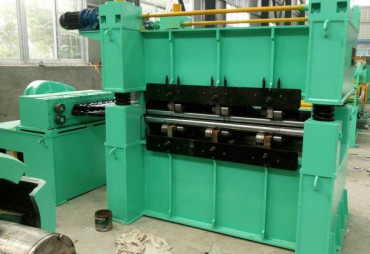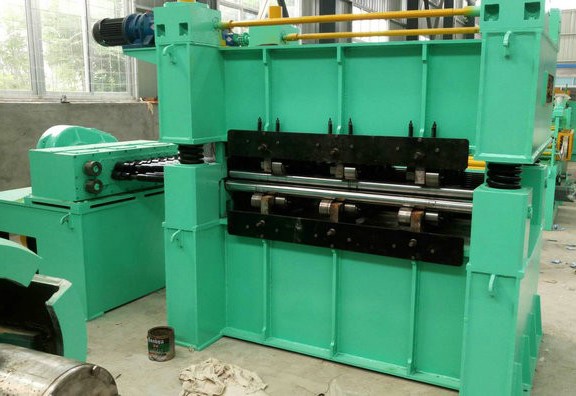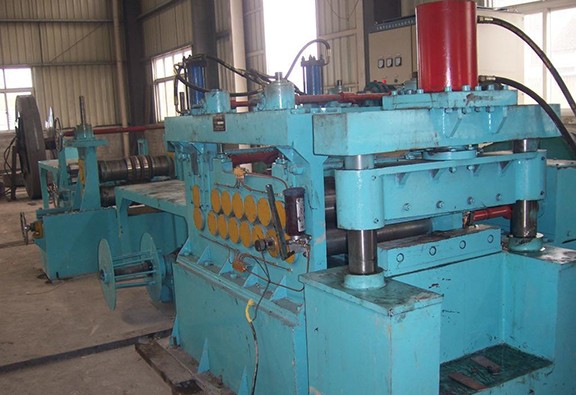
 Language
▼
Language
▼
More Language





The function of leveling machine and precautions during use
The main functions of the leveling machine are as follows:
1. After being stretched and bent by a leveling machine, the sheet can obtain a good shape, which can eliminate the wave edges, wave shapes, ladle bends, and mild sickle bends on the surface of the sheet, greatly improving the flatness of the sheet;
2. Beneficial for improving the anisotropy of materials;
3. Eliminate yielding platforms and prevent the formation of slip lines;
After discussing the function, let's talk about some things to pay attention to when using a leveling machine:
1. The leveling machine needs to regularly pay attention to abnormal phenomena at the joint of moving parts and fixed parts, and tighten loose parts;
2. During operation, it is strictly prohibited to activate the pressure lowering device;
During the work process, no one is allowed to approach the side close to the transmission;
4. The leveling machine is not allowed to flip or stack on the roller conveyor of this machine;
Before use, all sliding parts should be lubricated and inspected;


Structure and working principle of leveling machine:
The leveling machine is equipped with an upper pressing die and a lower pressing die, where the upper pressing die is fixed to the push rod of the hydraulic cylinder, and the cylinder body of the hydraulic cylinder is fixed to the support frame. Independent cooling water circuits are set inside the upper and lower pressing dies, and the outlet and inlet of the cooling water circuit are located above the upper or lower pressing die, respectively. The ratio of the radius or midpoint distance of at least the first 5 rollers starting from the entrance of the leveling machine is the same as that of the traditional leveling machine, and the ratio of the radius or midpoint distance of at least the last 5 rollers starting from the entrance of the leveling machine is similar to that of the curling elimination machine. The advantage is that the midpoint distance between the middle rollers of the leveling machine becomes larger. It can prevent impurities from corroding the cutting tool or cutting blank while rapidly quenching and cooling, thereby ensuring the quality of the surface and hardness metallographic structure of the cutting tool or cutting blank, and avoiding contamination by cooling oil.
The specific configuration of the equipment can be determined according to customer requirements for the number and weight of the leveling machine rollers. Generally, there are two layers of 7, 9, 11, and 13 rollers, four layers of 11, 13, 15, 17, and 19 rollers, and six layers of 17 and 19 rollers. The roller is made of wear-resistant forged steel. As the width of the machine varies, each leveling roller is supported by one or more sets of rollers along its length direction, which can minimize the diameter of the leveling roller and reduce the spacing between the rollers. The rollers can be adjusted vertically independently, so that they can always support all loads. The roller surface has a standard machining smoothness, but for machines that level aluminum plates, the roller surface is ground and polished. In addition, there are spiral grooves on the rollers to gather foreign ash particles. The leveling roller is equipped with a scraper to remove impurities adhered to the roller. The scraped impurities are sent to the front of the machine through a channel for collection and removal.